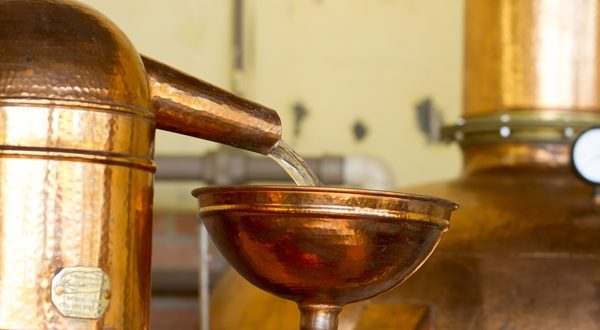[ad_1]
Travelers to Brazil will find innumerable ways to enjoy cachaça (pronounced kah-SHAH-sah), the country’s national drink, throughout the year. Yet September offers a special opportunity to sample the nation’s signature beverage.
National Cachaça Day on September 13 celebrates the 1661 Brazilian revolt that led to the legalization of the previously banned distilled beverage. Produced from fermented sugar cane juice, cachaça is linked to the Brazilian identity in much the same way vodka is to Russia or tequila to Mexico.
Nearly every Brazilian city, state, and region has ties to cachaça, and hundreds of local producers offer endless varieties of the drink. According to officials at Embratur, the Brazilian Tourism Board, one noted Brazilian distillery offers more than 900 different types of cachaça.
While cachaça is found in virtually every corner of Brazil, the country’s massive size means travelers should plan carefully when crafting a cachaça-themed itinerary. The good news is travelers will invariably explore several regions of the huge nation along the way. Here, separated by state, are six outstanding Brazilian cachaça-themed experiences:
Minas Gerais
This Brazilian state is considered the country’s leading cachaça-producing region, highlighted by its “route of artisanal cachaça,” an established tourist trail beginning 40 minutes from the capital city of Belo Horizonte. The route features more than 900 different types of cachaça across several cities.
For example, Betim is home Vale Verde Alembic, an artisanal and sustainable alembic (or still) where guests can learn about the cachaça-making process and also sample and purchase cachaça vintages made on site. The Alembic also features a Cachaça Museum housing more than 2,000 historic bottles.
One of the most famous towns for artisanal cachaça manufacture, Brumadino offers a historic cachaça tour highlighted by certified cachaças plus regional gastronomy including cheese- and dairy-based desserts. Brumadinho is also home to the Inhotim Museum of Contemporary Art, described by Embratur officials as Latin America’s largest open-air museum.
Rio de Janeiro
Paraty in Brazil’s Rio de Janeiro state was considered the most important cachaça-producing city during the nation’s colonial era. Today, Paratay hosts an annual Pinga Festival (“pinga” is one of more than 2,000 cachaça nicknames that originated during the drink’s “banned” era) and features seven historic cachaça alembics.
A bohemian coastal city, Paraty also offers beautiful beaches, cobblestone streets, and colorful houses. Downtown bars and restaurants serve a multitude of cachaça varieties. Paratay also features a series of annual cultural events.
The Café do Bom, Cachaça da Boa restaurant in downtown Rio de Janiero is located in a historic building and in addition to serving cachaça drinks and Brazilian cuisine features a library and bookstore dedicated to cachaça history.
São Paulo
São Paulo is one of Brazil’s three largest cachaça-producing states, with the largest, “water circuit,” distillers focused around several cities and towns linked by rivers, waterfalls and thermal springs. Water circuit towns host an annual Cachaça Festival, and the Galpão Busca Vida in the town of Bragança Paulista produces Busca Vida, a cachaça variety highly popular among São Paulo residents.
Rio Grande do Sul
While the state of Rio Grande do Sul is responsible for most of Brazil’s wine production, its artisanal cachaça tradition dates to the 18th century. High-quality brands are still produced across the state, with each reflecting the tastes of the producing families and the region’s mountainous climate.
The Alambique Flor do Vale distillery is located in the lush countryside of Canela, the popular Rio Grande do Sul resort town surrounded by picturesque rivers and waterfalls. The facility produces artisanal cachaça with an emphasis on natural processes intended to ensure the preservation of Brazil’s natural environment.
Guests can tour the facility and sample several types of cachaça, after which they receive an “amateur Cachacier” certificate. Alambique Flor do Vale’s restaurant offers regional gaucho cuisine and a cellar stocked with historic cachaça bottles and vintages.
[ad_2]You can read more of the news on source
 Travelsmart
Travelsmart



